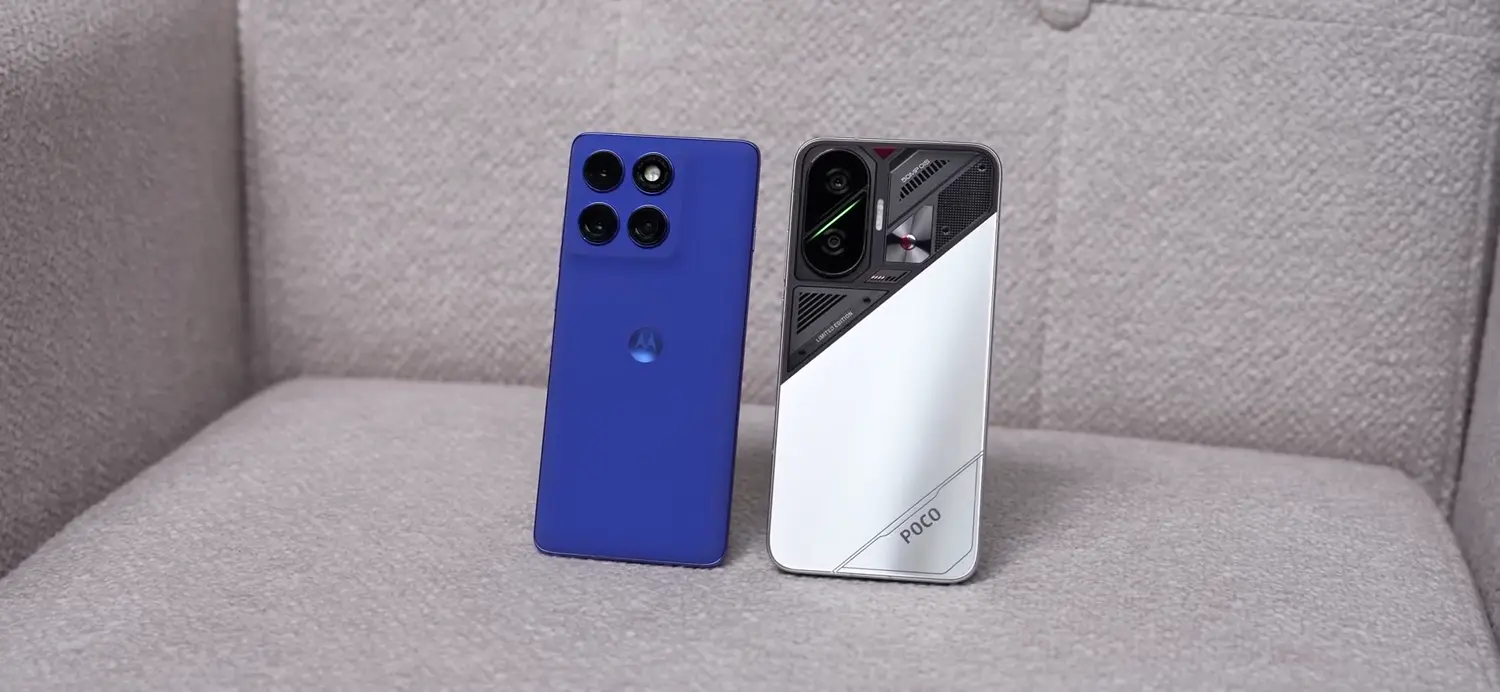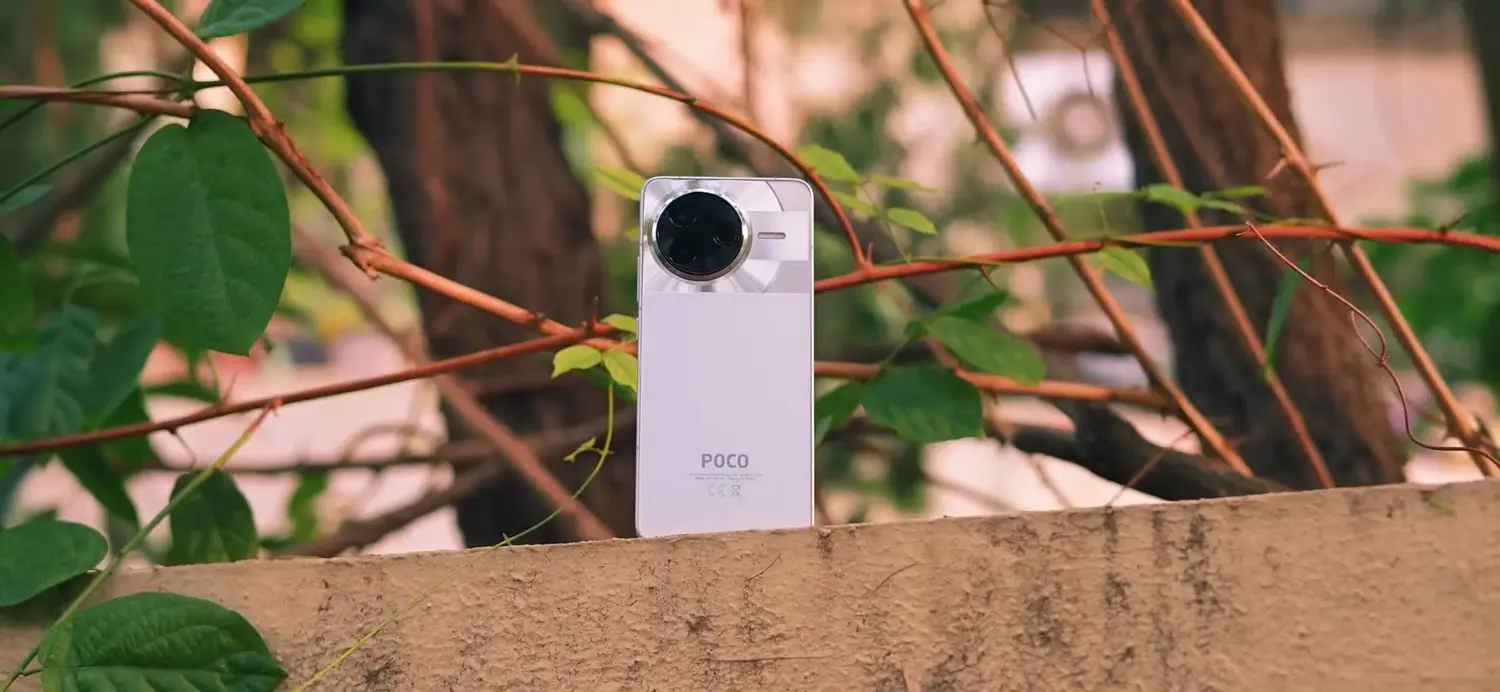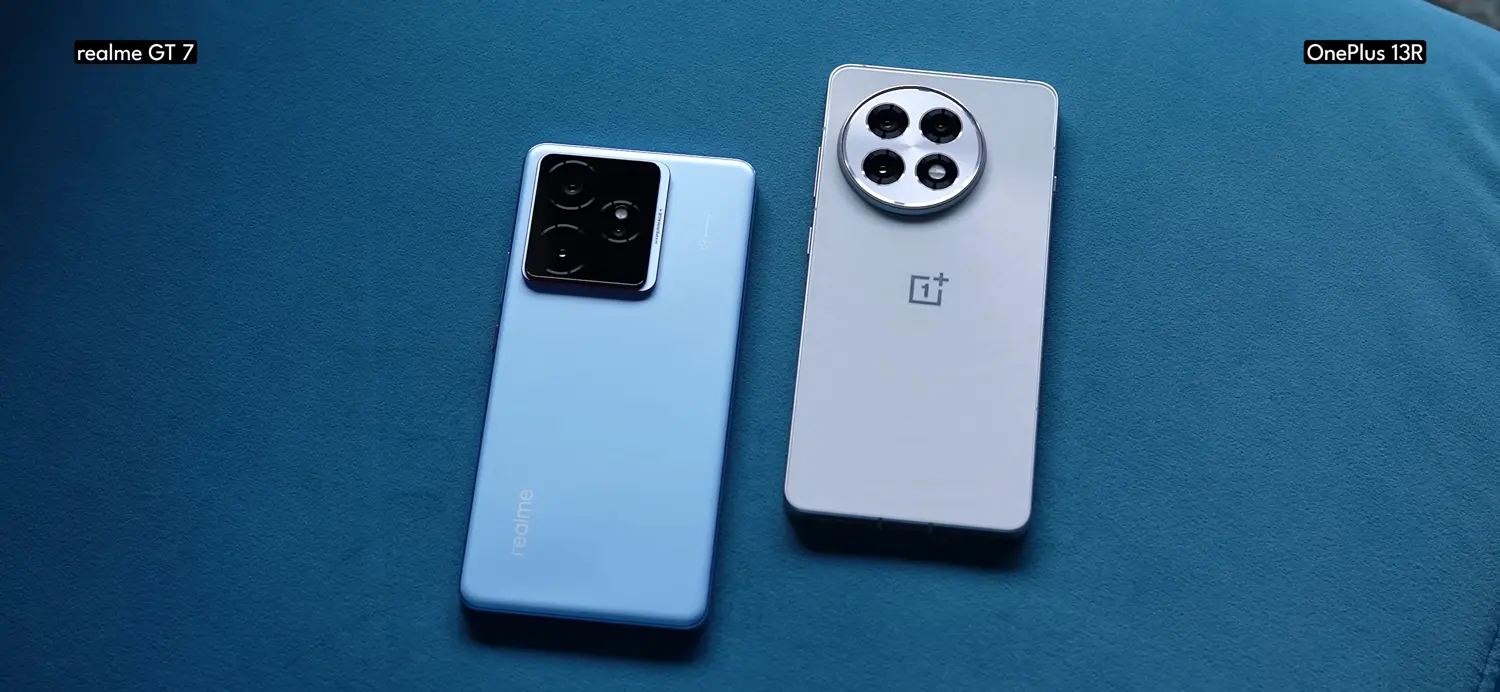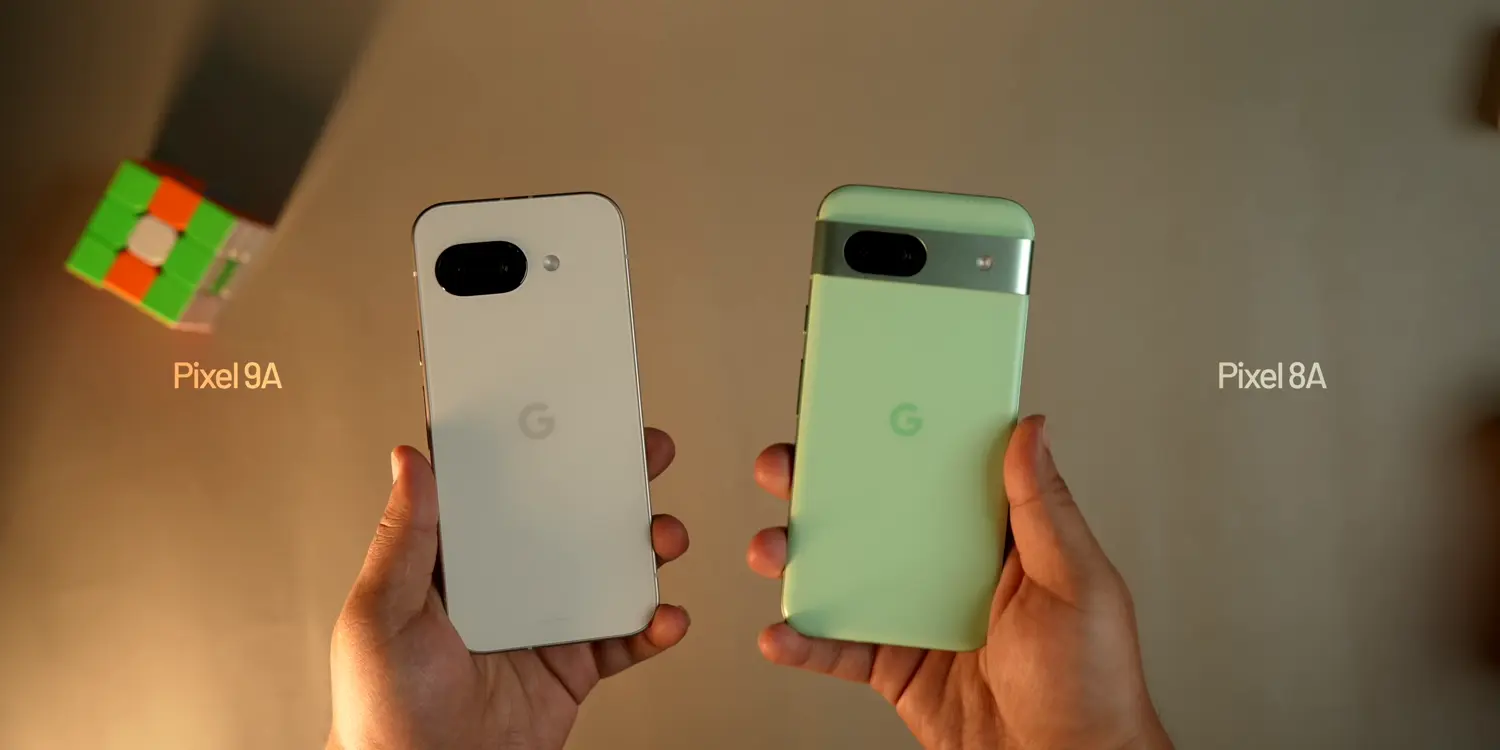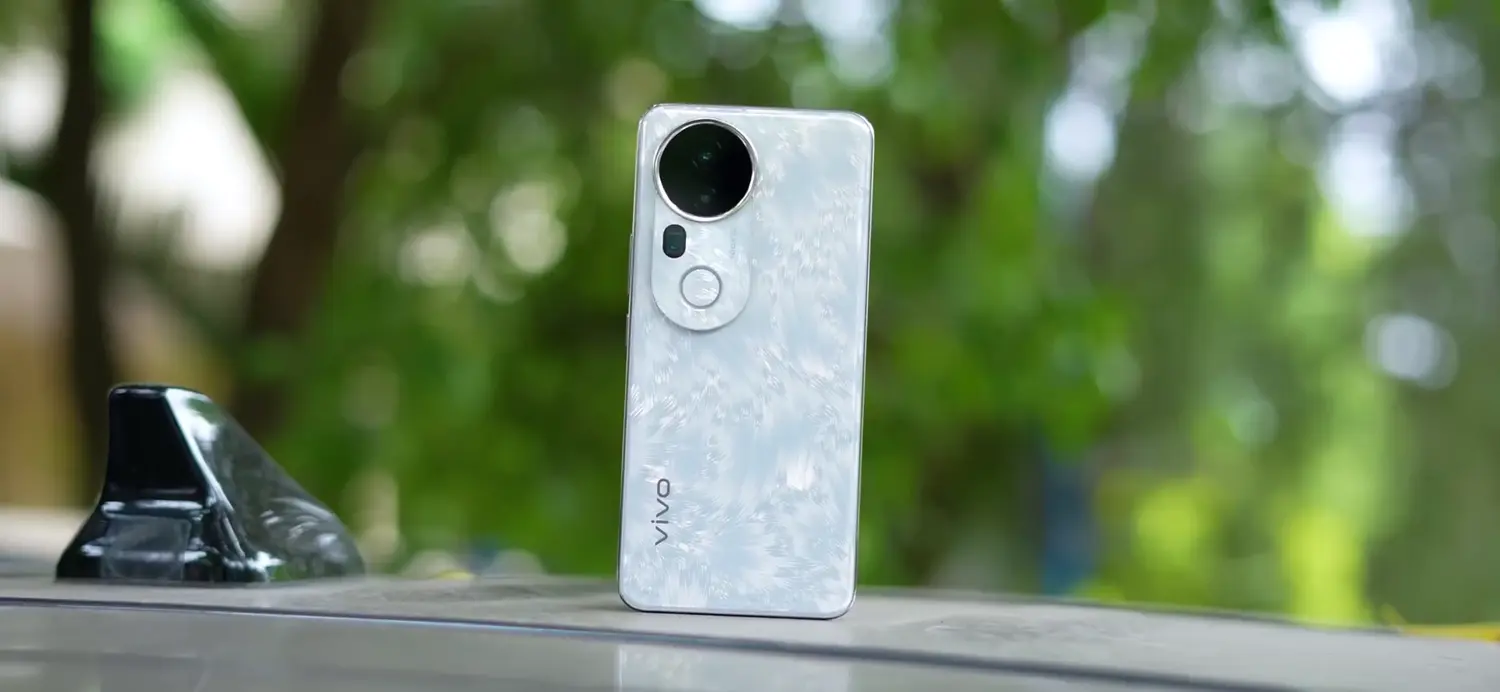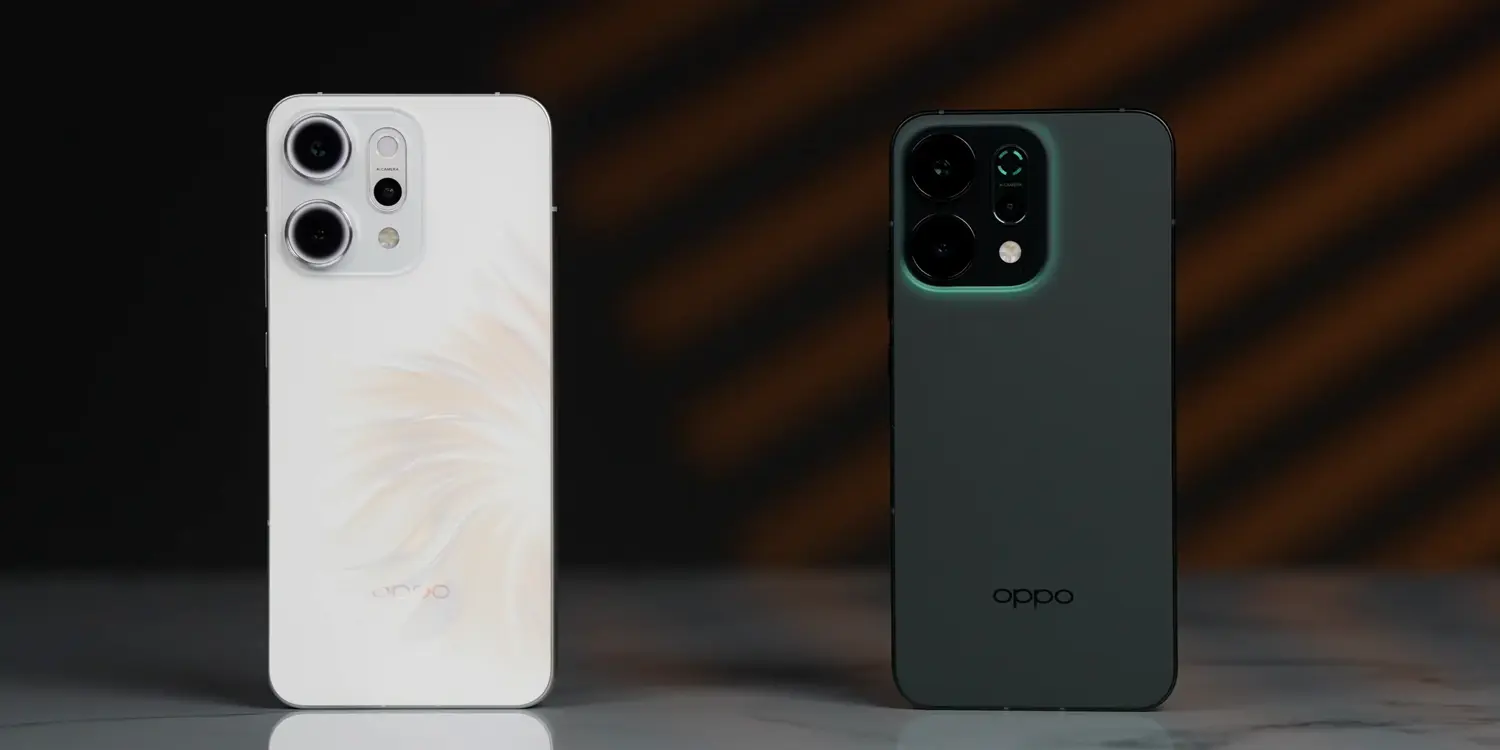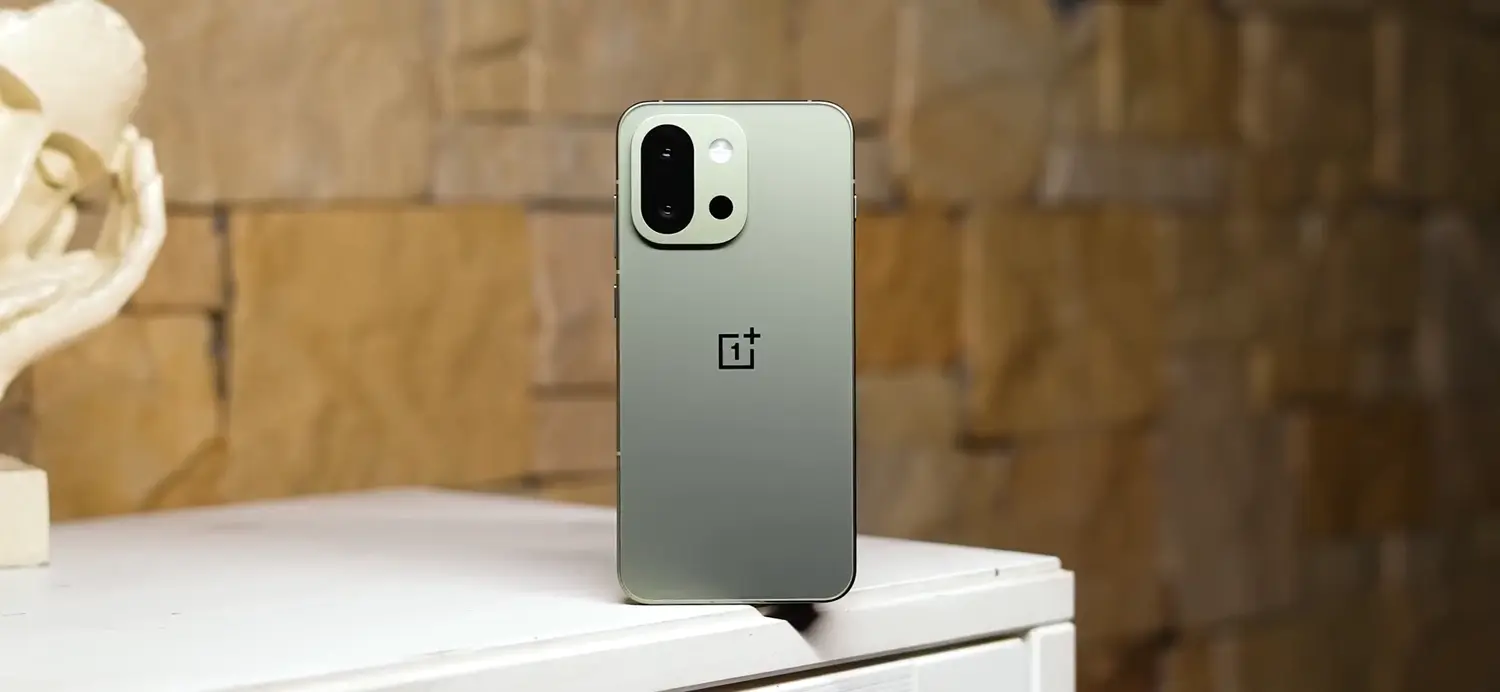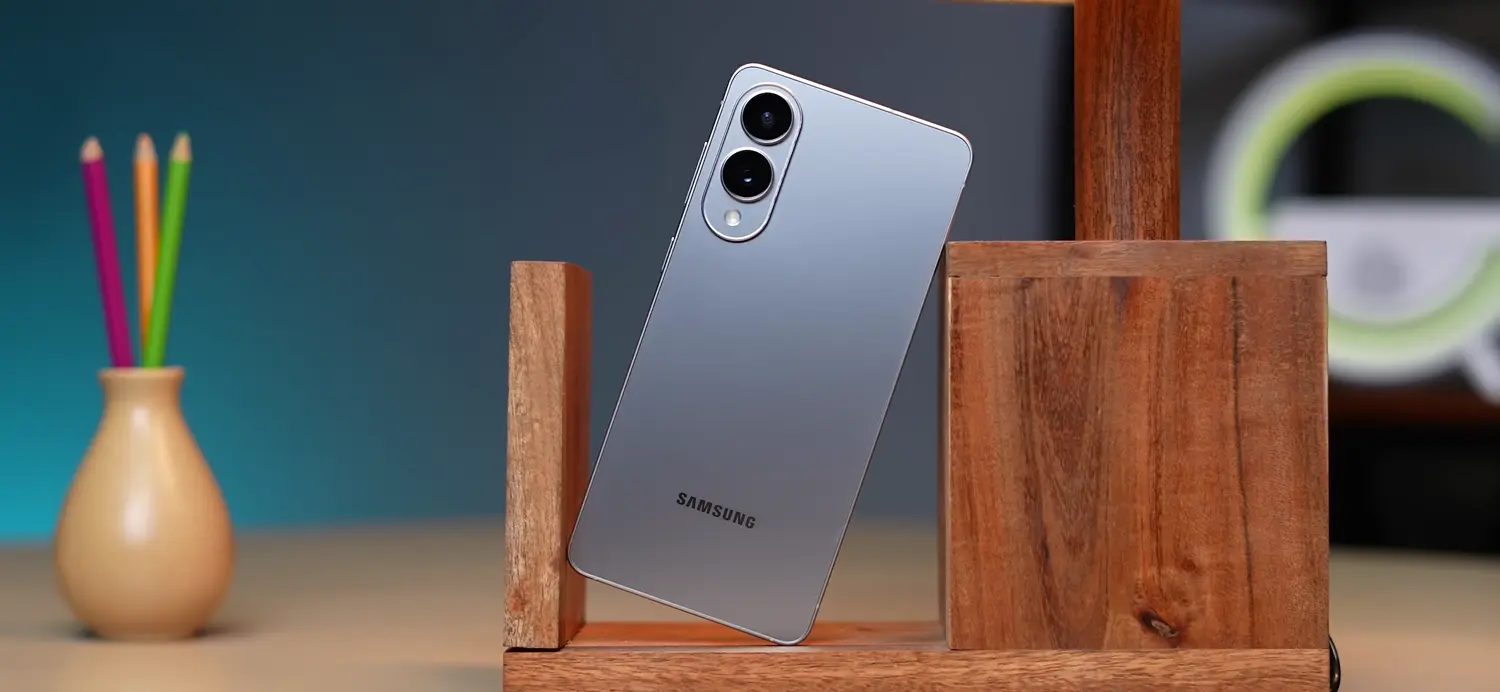The smartphone market in India is buzzing with options, especially in the mid-range segment under ₹30,000. Two standout devices in this price range for 2025 are the Poco F7 and the Motorola Edge 60 Pro. Both phones promise flagship-level features at a budget-friendly price, making them popular choices among Indian buyers, whether you’re a gamer, a photography enthusiast, or someone looking for a well-rounded phone. But which one is the better pick for you? In this detailed comparison, we’ll break down their design, display, performance, battery life, cameras, and software to help you decide. By the end, you’ll know exactly which phone suits your needs and whether it’s worth your money.
Design and Build Quality: Premium Looks, Different Vibes
Both the Poco F7 and Motorola Edge 60 Pro bring premium designs to the table, but they cater to different tastes.
Poco F7 Design
The Poco F7 steps up its game with a sleek glass front and back paired with a metal frame. This is a big upgrade from earlier Poco models, giving it a premium feel that rivals more expensive phones. The Cyber Silver color option looks flashy and modern, but if you prefer something subtle, there are minimal color options too. However, the glass back is a fingerprint magnet, so you’ll likely need to use the included case to keep it clean. The phone is protected by Corning Gorilla Glass 7i on both sides, ensuring durability against scratches and minor drops. It also boasts an IP68 and IP69 rating, meaning it’s dustproof and can handle water submersion or even high-pressure water jets.
At 222 grams, the Poco F7 feels heavy, especially during long gaming sessions or one-handed use. The flat edges make it comfortable to hold, but the weight might be noticeable for some users.
Motorola Edge 60 Pro Design
The Motorola Edge 60 Pro takes a different approach with a vegan leather back and a plastic frame. This makes it lighter at 186 grams, which feels great in hand, especially for extended use. The vegan leather adds a premium, non-slip texture that’s less prone to fingerprints compared to glass. The front is also protected by Corning Gorilla Glass 7i, and like the Poco F7, it has an IP68 rating for dust and water resistance. Additionally, it meets MIL-STD-810H standards, which means it’s built to withstand tough conditions like drops and extreme temperatures.
The Edge 60 Pro’s curved edges give it a more ergonomic feel compared to the Poco’s flat design, making it easier to grip. It also has a dedicated Moto AI button for quick access to AI features, which is a nice touch. On the other hand, the Poco F7 includes an IR blaster for controlling appliances, a feature missing on the Motorola.
Which Design is Better?
Choosing between the two depends on your preference. If you like a flashy, sturdy glass-metal build, the Poco F7 is a great pick. If you prefer a lighter, more comfortable phone with a vegan leather finish, the Edge 60 Pro is the way to go. Both are durable and premium, so it’s a tie here.
Display: Big, Bright, and Vibrant
The display is a critical part of any smartphone, especially for streaming, gaming, or browsing. Both phones offer excellent screens, but they differ in key areas.
Poco F7 Display
The Poco F7 sports a 6.83-inch 1.5K AMOLED display with a 120Hz refresh rate and 12-bit color depth. This large, flat panel is vibrant and sharp, with a resolution of 2800 x 1280 pixels (447 PPI). It supports HDR10+ and Dolby Vision, making it great for watching HDR content on YouTube and Netflix. The display reaches a peak brightness of 3200 nits (1700 nits in high brightness mode), which ensures good visibility even in bright sunlight. The slim bezels add to the immersive experience, and the 3840Hz PWM dimming reduces eye strain during long usage.
Motorola Edge 60 Pro Display
The Edge 60 Pro features a slightly smaller 6.7-inch pOLED display with a 1220 x 2712 resolution and a 120Hz refresh rate. It’s a 10-bit panel, which is slightly less color-rich than the Poco’s 12-bit display. However, it’s Pantone-validated, meaning it aims for accurate colors. The screen is quad-curved, giving it a premium look but potentially causing accidental touches. It hits a higher peak brightness of 4500 nits (1400 nits in real-world use), making it slightly brighter indoors for HDR content. It supports HDR10+ but lacks Dolby Vision for Netflix.
Display Comparison
The Poco F7’s larger screen and Dolby Vision support make it better for media consumption, especially for Netflix binges. However, the Edge 60 Pro’s brighter display and Pantone validation give it an edge for color accuracy and HDR gradation. In real-world use, both screens are equally bright outdoors. Haptic feedback is slightly better on the Poco due to more UI-integrated vibrations, but both offer solid in-display fingerprint scanners. It’s another tie, with the choice depending on whether you prefer a larger flat screen (Poco) or a curved, color-accurate one (Motorola).
Performance: Powerhouse vs Balanced
Performance is a key factor for gamers and power users, and both phones deliver strong results, but one clearly takes the lead.
Poco F7 Performance
The Poco F7 is powered by the Qualcomm Snapdragon 8s Gen 4, a near-flagship chipset built on a 4nm process. Paired with LPDDR5X RAM (12GB) and UFS 4.1 storage (256GB or 512GB), it’s a beast for gaming and multitasking. In benchmarks like AnTuTu and Geekbench, the Poco F7 outperforms the Edge 60 Pro, with higher single-core and multi-core scores. It also shows better CPU and GPU stability in stress tests, maintaining performance without throttling. During a 30-minute Genshin Impact gaming session at max settings, it delivered a higher average FPS (around 60) with temperatures reaching 42°C. The IceLoop cooling system (6000mm²) keeps it cool during intense tasks.
Motorola Edge 60 Pro Performance
The Edge 60 Pro uses the MediaTek Dimensity 8350 Extreme chipset, which is less powerful than the Snapdragon 8s Gen 4. It comes with LPDDR5X RAM (8GB or 12GB) and UFS 4.0 storage (256GB or 512GB). While it handles everyday tasks and gaming well, it lags behind in benchmarks and real-world gaming. In the same Genshin Impact test, it averaged lower FPS and reached 38°C, indicating better thermal management but less raw power. The Dimensity chip is still capable, but it can’t match the Poco’s brute force.
Performance Verdict
The Poco F7 is the clear winner for gamers and power users, thanks to its superior chipset and cooling system. The Edge 60 Pro is no slouch, but it’s better suited for users who don’t need the absolute best performance.
Battery Life and Charging: Endurance Champions
Battery life is crucial for heavy users, and both phones shine here, but one stands out.
Poco F7 Battery
The Poco F7 packs a massive 7550mAh silicon-carbon battery, the largest in its segment. In real-world tests, it delivered an impressive 12.5 hours of screen-on time with heavy usage (gaming, streaming, and browsing). It supports 90W fast charging, fully charging in about 51-52 minutes. Additionally, it offers 22.5W reverse wired charging, allowing you to charge other devices like a power bank. This makes the Poco F7 a beast for endurance and versatility.
Motorola Edge 60 Pro Battery
The Edge 60 Pro has a 6000mAh silicon-carbon battery, which is smaller but still substantial. It achieved 9.5 hours of screen-on patience in similar tests, which is excellent but falls short of the Poco. It also supports 90W wired charging (51-52 minutes to full) and adds 15W wireless charging, a feature absent on the Poco F7. However, it lacks reverse charging.
Battery Verdict
The Poco F7 dominates with its larger battery and reverse charging, making it ideal for users who need long-lasting power. The Edge 60 Pro’s wireless charging is a nice bonus, but its smaller battery can’t compete with the Poco’s endurance.
Camera: Photography vs Performance Trade-Off
Cameras are a big deal for many buyers, and this is where the two phones differ significantly.
Poco F7 Camera
The Poco F7 has a dual-camera setup: a 50MP main sensor and an 8MP ultrawide. The main camera performs well in daylight, capturing decent details, but it struggles with shadow details in HDR shots and has slightly oversaturated colors. At 2x digital zoom, it surprisingly outperforms the Motorola, offering sharper images. The ultrawide is average, with limited detail and poor low-light performance. The 20MP selfie camera is decent but produces reddish skin tones. For videos, the Poco F7 shines with 4K 60fps recording on the main camera, offering good quality and sound, though stabilization is average. The ultrawide and selfie cameras are limited to 1080p 30fps and 1080p 60fps, respectively.
Motorola Edge 60 Pro Camera
The Edge 60 Pro boasts a triple-camera system: a 50MP main sensor, a 50MP ultrawide, and a 10MP 3x telephoto. The main camera captures more details than the Poco’s, though it suffers from slight oversharpening. The telephoto lens is a game-changer, offering crisp 3x and 6x zoom shots, which the Poco can’t match. The ultrawide is significantly better than the Poco’s, with sharper details and better low-light performance. It also supports macro photography, adding versatility. The 50MP selfie camera delivers detailed shots but leans toward yellowish skin tones. For videos, the Edge 60 Pro is limited to 4K 30fps on the main camera, but the ultrawide and selfie cameras also support 4K 30fps, giving it an edge over the Poco’s lower-resolution secondary cameras.
Camera Verdict
The Motorola Edge 60 Pro is the clear winner for photography enthusiasts, thanks to its versatile triple-camera setup and better overall image quality. The Poco F7 is better for casual photography and video recording at 4K 60fps, but its camera system is its weakest link.
Software: Clean vs Feature-Packed
Software can make or break the user experience, and both phones run Android 15 with different approaches.
Poco F7 Software
The Poco F7 runs HyperOS 2, which is feature-rich but comes with bloatware and app recommendations that you’ll need to uninstall or disable for a clean experience. It offers 4 years of OS updates and 6 years of security patches, a significant improvement over earlier Poco models. Features like AI interpreter, AI subtitles, and AI writer add value, but they’re not as intuitive as Motorola’s offerings. The animations are smoother, and the UI feels snappy, thanks to the powerful chipset.
Motorola Edge 60 Pro Software
The Edge 60 Pro runs Hello UI, a near-stock Android experience with minimal bloatware. It promises 3 years of OS updates and 4 years of security patches, which is slightly less than Poco’s commitment. Motorola’s Moto AI features, like Next Move, are intuitive and useful for tasks like screenshot-based AI suggestions. Classic Moto features like Moto Gestures, Smart Connect, and Family Spaces enhance usability. The UI is clean but lacks the smooth animations of HyperOS.
Software Verdict
The Edge 60 Pro offers a cleaner, more intuitive experience with practical AI features, making it the better choice for most users. The Poco F7’s software is feature-packed but requires tweaking to remove bloatware.
Specifications Comparison Table
| Feature | Poco F7 | Motorola Edge 60 Pro |
|---|---|---|
| Display | 6.83-inch 1.5K AMOLED, 120Hz, 12-bit | 6.7-inch pOLED, 120Hz, 10-bit |
| Resolution | 2800 x 1280 (447 PPI) | 1220 x 2712 |
| Peak Brightness | 3200 nits (1700 nits HBM) | 4500 nits (1400 nits HBM) |
| Processor | Snapdragon 8s Gen 4 | MediaTek Dimensity 8350 Extreme |
| RAM/Storage | 12GB/256GB, 12GB/512GB | 8GB/256GB, 12GB/256GB, 16GB/512GB |
| Rear Camera | 50MP main + 8MP ultrawide | 50MP main + 50MP ultrawide + 10MP 3x telephoto |
| Front Camera | 20MP | 50MP |
| Battery | 7550mAh, 90W wired, 22.5W reverse wired | 6000mAh, 90W wired, 15W wireless |
| Software | HyperOS 2 (Android 15), 4+6 years | Hello UI (Android 15), 3+4 years |
| Build | Glass back, metal frame, IP68/IP69 | Vegan leather back, plastic frame, IP68 |
| Weight | 222g | 186g |
| Additional Features | IR blaster, Dolby Vision | Moto AI button, macro mode |
Which Phone Should You Buy?
Poco F7: Best for Gamers and Power Users
If you’re a gamer or someone who needs top-notch performance and long battery life, the Poco F7 is the clear winner. Its Snapdragon 8s Gen 4 chipset delivers unmatched power, and the 7550mAh battery ensures you can game or stream for hours without worrying about charging. The large 6.83-inch AMOLED display is perfect for immersive media consumption, and features like Dolby Vision and reverse charging add value. However, its camera performance is average, so if photography is a priority, you might want to look elsewhere.
Who should buy the Poco F7?
- Gamers who want high FPS and stable performance.
- Users who need long battery life for heavy usage.
- Anyone looking for a large, vibrant display for streaming.
Motorola Edge 60 Pro: Best for Balanced Users and Photography Enthusiasts
The Motorola Edge 60 Pro is the better choice if you want a well-rounded phone with excellent cameras. Its triple-camera setup with a telephoto lens offers versatility for photography, and the 50MP ultrawide outperforms the Poco’s. The clean Hello UI and Moto AI features make it a joy to use, while the lighter design and wireless charging add convenience. However, its performance lags behind the Poco, so hardcore gamers might find it less appealing.
Who should buy the Motorola Edge 60 Pro?
- Photography enthusiasts who want a versatile camera system.
- Users who prefer a clean, bloat-free software experience.
- Those who value a lighter, ergonomic design with wireless charging.
Is It Worth It?
At ₹31,999 for the Poco F7 (12GB/256GB) and ₹29,999 for the Edge 60 Pro (8GB/256GB), both phones offer incredible value for money. The Poco F7 is worth it if performance and battery life are your top priorities, especially for gaming or heavy multitasking. The Edge 60 Pro is worth it if you want a balanced phone with better cameras and a cleaner software experience. Ultimately, your choice depends on whether you prioritize raw power (Poco) or versatility (Motorola).
Final Verdict
The Poco F7 and Motorola Edge 60 Pro are both fantastic smartphones under ₹30,000, but they cater to different needs. If you’re a gamer or power user who values performance and battery life above all, the Poco F7 is the best choice. Its powerful chipset, massive battery, and large display make it a beast for gaming and media consumption. However, if you want a well-rounded phone with superior cameras, a cleaner UI, and a lighter design, the Motorola Edge 60 Pro is the way to go. Both phones are durable, feature-packed, and offer great value, so you can’t go wrong with either.
